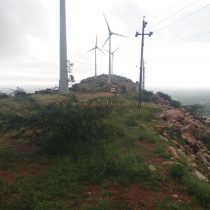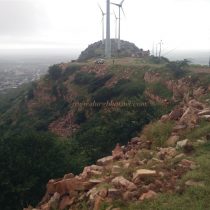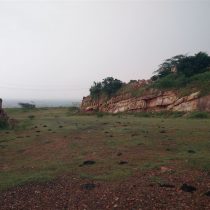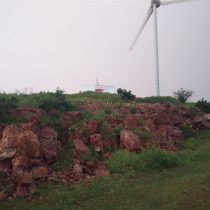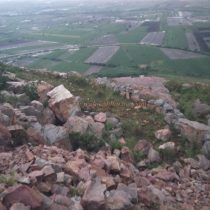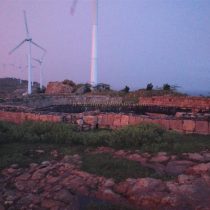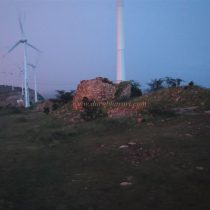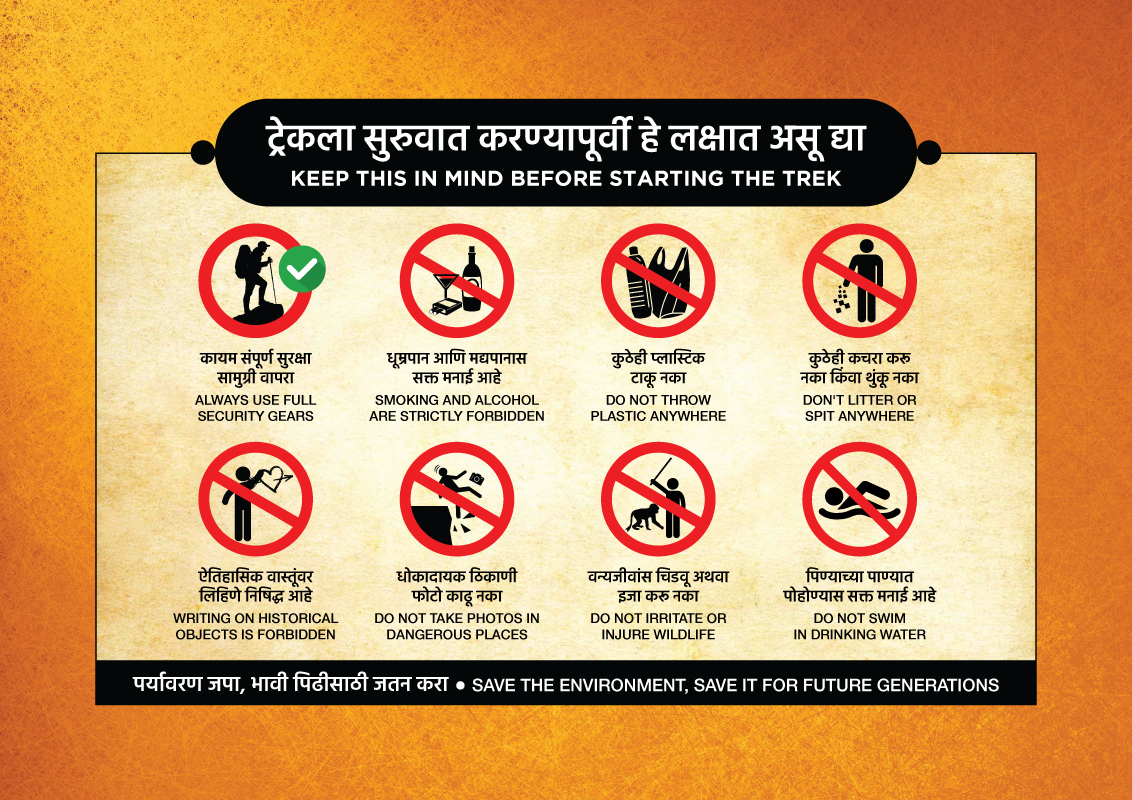NARGUND
TYPE : HILL FORT
DISTRICT : BELGAON
HEIGHT : 2450 FEET
GRADE : EASY
When the Maratha kingdom spread to the south up to Tungabhadra Kaveri, they repaired the forts in this area and built some new ones. The Marathas also played a significant role in the construction of forts in this southern province. The relationship between Shivaji Maharaj and forts can also be seen while visiting the forts in the south. At the time when Adilshah's southern province was annexed by Shivaji Maharaj, the Parasgad fort was repaired and new forts like Manoli and Hubli, Haliyal were built. Nargund was one of the newly built forts in this region by Shivaji Maharaj. This Marathi multilingual province, which was in Swarajya, was annexed to the state of Karnataka. This includes the Belgaon district as well as some villages in Dharwad and Gadag districts.
...
Nargund fort built by Shivaji Maharaj has joined Nargund taluka of Gadag district today. A large number of Marathi surnames can be seen in Nargund village even today. I consider these forts, which were once in Swarajya, to be forts in Maharashtra and I am referring to them as forts in Maharashtra. While exploring forts in Belgaon district, this fort can be easily spotted as it is only 38 km from Parasgad in Saundatti taluka i.e. it is only an hour away. As Nargund is a taluka, there is a bus service from Saundatti to Nargund. Nargund is 52 km from Gadag city and 54 km from Hubli. On the way from Saundatti, the windmills on the hill of this fort can be seen from a distance, on reaching the village, one can see saffron fluttering on the bastion on the hill behind the village. As there are windmills on the fort, an unpaved road has been built to go up. This road is fairly good for any vehicle to go directly to the fort. This road goes from the edge of the lake outside the village and leads to the fort by taking a detour around the hill. The fort is of small size and extends from south to north and due to neglect, the ramparts have collapsed. The road leading to the fort has been breached in two places and the gate of the fort has been destroyed. The height of the fort is 2390 feet above sea level, the top of the fort is 4500 feet long and 270 feet wide at both ends and 80 feet in the middle. Most of the remains of the fort have been destroyed due to the construction of windmills and roads. Since your vehicle can reach the top of the fort and as the fort is not very wide, you can start from one end and go to the other thus seeing all the remains. Starting from the north end of the fort, the first thing you see is the newly built Shiv Temple. In this newly built temple, the base of the original temple is kept intact and Kirtimukh can be seen in it. At this end, you can see the remains of a building and a bastion. Going south from here, you can see the ruined ramparts of the fort and the collapsed bastions on both sides. The remnants of the fort are on the southern side of the fort. There is a large and deep octagonal lake carved in the rock and a rampart has been built near this lake. There is a gate in this rampart and steps are built to go down to the lake. There is water as well as a large amount of bush growing in this lake. Adjacent to the lake is a collapsed bastion on the doorstep and there is a small door to go up to this bastion. The ramparts and other constructions of the fort in this area are on the verge of extinction. There is another dry lake near the ramparts. The south end of the fort is the highest point of the fort and a few steps are built to get there. Saffron is placed on the bastion at this end of the fort. At this point your fort round is complete. If you come to the fort by car, half an hour is enough to see the entire fort. The history of the Nargund fort starts from Chhatrapati Shivaji Maharaj’s period. This fort was built by Shivaji Maharaj in 1675 during the South Expedition. The fort was under Swarajya for about 15 years. After the death of Shivaji Maharaj, the fort was captured by the Mughals in 1691. In 1707, Ramrao Dadaji Bhave defeated the Mughals and recaptured the fort. In the 18th century, the fort and its surrounding area were under the control of the Marathas and Venkatrao was the Chief of this area. In 1778, this fort and region came under the control of Hyder Ali of Mysore but soon this province was taken over by Madhavrao Peshwa. In 1784, Tipu Sultan took possession of the fort. In the battle of Savner in 1787, Tipu made a treaty with the Marathas. As per this treaty, Rs. 48 lakhs and Gajendragad, Badami, Nargund, and Kittur forts were returned to the Marathas. In the year 1792, this fort and the region were handed over to Parashurambhau Patwardhan by the Peshwas. Nargund fort was also involved in the revolt of 1857. At that time Bhaskarrao Bhave aka Babasaheb was the Chief of Nargund. In May 1858, British troops led by Colonel Malcolm attacked the fort and captured it. A few months later, Babasaheb Bhave was arrested and hanged on charges of murder of Manson, a political agent of South India.
© Suresh Nimbalkar

